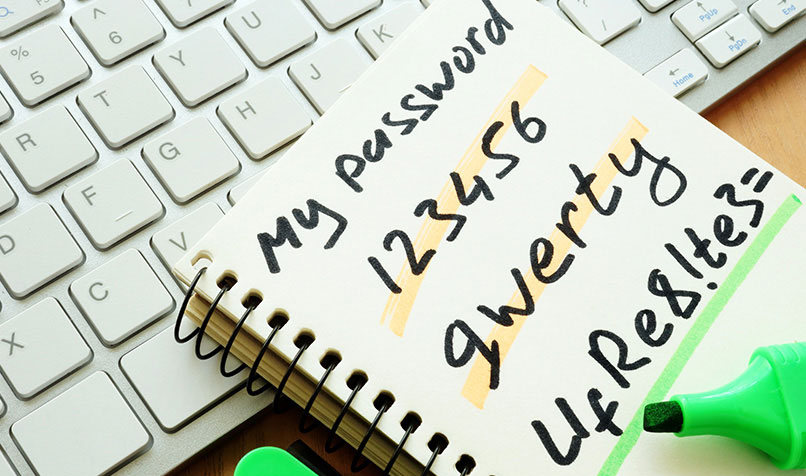Managing and Resolving Conflict in a Positive Way
Conflict is a normal, and even healthy, part of relationships. After all, two people can’t be expected to agree on everything at all times. Since relationship conflicts are inevitable, learning to deal with them in a healthy way is crucial. When conflict is mismanaged, it can harm the relationship. But when handled in a respectful and positive way, conflict provides an opportunity for growth, ultimately strengthening the bond between two people. By learning the skills you need for successful conflict resolution, you can keep your personal and professional relationships strong and growing.
The fundamentals of conflict resolution
Conflict arises from differences. It occurs whenever people disagree over their values, motivations, perceptions, ideas, or desires. Sometimes these differences look trivial, but when a conflict triggers strong feelings, a deep personal and relational need is at the core of the problem—a need to feel safe and secure, a need to feel respected and valued, or a need for greater closeness and intimacy.
Recognizing and resolving conflicting needs
If you are out of touch with your feelings or so stressed that you can only pay attention to a limited number of emotions, you won’t be able to understand your own needs. If you don’t understand your deep seated needs, you will have a hard time communicating with others and staying in touch with what is really troubling you. For example, couples often argue about petty differences—the way she hangs the towels, the way he parts his hair—rather than what is really bothering them.
In personal relationships, a lack of understanding about differing needs can result in distance, arguments, and breakups. In workplace conflicts, differing needs are often at the heart of bitter disputes. When you can recognize the legitimacy of conflicting needs and become willing to examine them in an environment of compassionate understanding, it opens pathways to creative problem solving, team building, and improved relationships. When you resolve conflict and disagreement quickly and painlessly, mutual trust will flourish.
Successful conflict resolution depends on your ability to:
- Manage stress while remaining alert and calm. By staying calm, you can accurately read and interpret verbal and nonverbal communication.
- Control your emotions and behavior. When you’re in control of your emotions, you can communicate your needs without threatening, frightening, or punishing others.
- Pay attention to the feelings being expressed as well as the spoken words of others.
- Be aware of and respectful of differences. By avoiding disrespectful words and actions, you can resolve the problem faster.
Healthy and unhealthy ways of managing and resolving conflict:
Conflict triggers strong emotions and can lead to hurt feelings, disappointment, and discomfort. When handled in an unhealthy manner, it can cause irreparable rifts, resentments, and breakups. But when conflict is resolved in a healthy way, it increases our understanding of one another, builds trust, and strengthens our relationship bonds.
Unhealthy responses to conflict are characterized by:
- An inability to recognize and respond to matters of great importance to the other person
- Explosive, angry, hurtful, and resentful reactions
- The withdrawal of love, resulting in rejection, isolation, shaming, and fear of abandonment
- The expectation of bad outcomes
- The fear and avoidance of conflict
Healthy responses to conflict are characterized by:
- The capacity to recognize and respond to important matters
- A readiness to forgive and forget
- The ability to seek compromise and avoid punishing
- A belief that resolution can support the interests and needs of both parties
Four key conflict resolution skills
The ability to successfully manage and resolve conflict depends on four key skills. Together,
these four skills form a fifth skill that is greater than the sum of its parts: the ability to take
conflict in stride and resolve differences in ways that build trust and confidence.
Conflict resolution skill 1: Quickly relieve stress
The capacity to remain relaxed and focused in tense situations is a vital aspect of conflict
resolution. If you don’t know how to stay centered and in control of yourself, you may become
emotionally overwhelmed in challenging situations. The best way to rapidly and reliably relieve
stress is through the senses: sight, sound, touch, taste, and smell. But each person responds
differently to sensory input, so you need to find things that are soothing to you.
Conflict resolution skill 2: Recognize and manage your emotions
Emotional awareness is the key to understanding yourself and others. If you don’t know how
you feel or why you feel that way, you won’t be able to communicate effectively or smooth over
disagreements. Although knowing your own feelings may seem simple, many people ignore or
try to sedate strong emotions like anger, sadness, and fear. But your ability to handle conflict
depends on being connected to these feelings. If you’re afraid of strong emotions or if you insist
on finding solutions that are strictly rational, your ability to face and resolve differences will be
impaired.
Conflict resolution skill 3: Improve your nonverbal communication skills
The most important information exchanged during conflicts and arguments is often communicated non-verbally. Nonverbal communication includes eye contact, facial expression, tone of voice, posture, touch, and gestures. When you’re in the middle of a conflict, paying close attention to the other person’s nonverbal signals may help you figure out what the other person is really saying, respond in a way that builds trust, and get to the root of the problem. Simply nonverbal signals such as a calm tone of voice, a reassuring touch, or a concerned facial expression can go a long way toward defusing a heated exchange.
Conflict resolution skill 4: Use humor and play to deal with challenges
You can avoid many confrontations and resolve arguments and disagreements by communicating in a playful or humorous way. Humor can help you say things that might otherwise be difficult to express without creating a flap. However, it’s important that you laugh with the other person, not at them. When humor and play are used to reduce tension and anger, re-frame problems, and put the situation into perspective, the conflict can actually become an opportunity for greater connection and intimacy.
Tips for managing and resolving conflict
Managing and resolving conflict requires emotional maturity, self control, and empathy. It can
be tricky, frustrating, and even frightening. You can ensure that the process is as positive as
possible by sticking to the following conflict resolution guidelines:
· Make the relationship your priority.
· Focus on the present.
· Pick your battles.
· Be willing to forgive.
· Know when to let something go.



